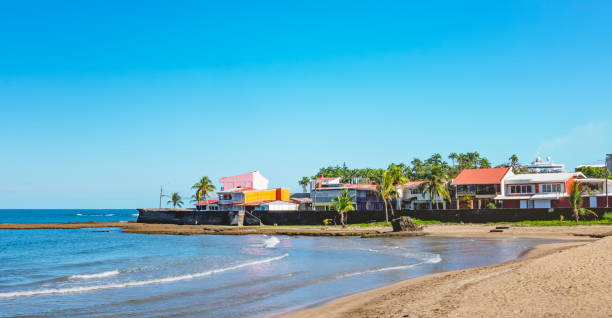On Friday night, a low-pressure system moved into the Bay of Biscay from the North Atlantic Ocean.
It shifted southward, impacting the northern coast of the Iberian Peninsula before continuing east into France by Sunday evening. This system brought unsettled weather to southern and western Europe.
Portugal faced the worst of the conditions, with heavy rain, snow, and strong winds creating blustery weather across the country.
The west coast experienced significant wave activity, with heights generally ranging from 6 to 8 meters (20 to 26 feet), and up to 10 meters observed at Praia do Norte in Nazaré, known for its large waves.

In Central America, record-breaking heat has been reported for early March. On March 6, Costa Rica recorded a maximum temperature of 41°C (106°F) at Cerro Huacalito, potentially setting a new national record for any month, surpassing a disputed 1960s record.
These extreme temperatures are expected to subside over the coming week, as a heatwave develops in South America.
Paraguay and northern Argentina will experience high humidity and temperatures reaching 40-44°C, with overnight lows between 30-34°C. Temperature records may be exceeded in this region.
Meanwhile, Tropical Storm Filipo is set to make landfall in Mozambique early Tuesday morning, with sustained winds exceeding 50 mph (80 km/h) and gusts up to 75 mph.
The storm, which initially formed north of Madagascar and weakened while passing over the island, has reintensified in the Mozambique Channel.
Filipo could strengthen into a severe tropical storm before hitting central Mozambique. It is expected to linger over southern Mozambique until Wednesday, bringing heavy rainfall, with some areas receiving more than 200 mm by the end of the day.

